Creating a nursery is an exciting endeavor, brimming with anticipation and creativity. However, it also comes with an array of decisions — from choosing the perfect theme to selecting the right furniture and accessories. These crucial steps in nursery room design go far beyond aesthetics; they provide a haven that fosters early childhood development while ensuring safety. A well-thought-out theme could ignite a child’s imagination while the well-chosen furniture should offer utility and durability without compromising on style. Incorporating essential accessories and toys, each item meticulously selected, can augment the chosen theme and engage a child’s senses without leading to overstimulation. Finally, a functional nursery layout ensures every piece has its place, cultivating a sense of order and allowing the room to seamlessly adapt to the child’s changing needs. The process may be overwhelming, but this guide aims to inspire and ease your journey to creating a nursery room that’s visually appealing and practically effective.
Nursery Room Theme Selection
Determining a color scheme
is the initial step in designing a nursery room. Pale pastels have been a long-time favorite for nurseries due to their calming and soothing effect. However, bold colors can also be used effectively. Balanced with neutral tones, they can stimulate the child’s senses without becoming overwhelming. It’s important that the color scheme is consistent throughout the room, creating harmony and providing a sense of peace and stability.
Choosing a theme for the nursery room
is not merely about creating an attractive space. The theme can influence and enhance your child’s early development. Some professional decorators suggest selecting themes that encourage a sense of exploration and curiosity. For example, nature-themed rooms can promote interest in the natural world while literature-themed spaces can foster early literacy.
Sports themes
have been popular for many years, typically chosen by parents who are fans themselves or hope to raise one. The wide variety of sports allows for easy customization, from equipment motifs to team colors. This type of theme fosters a sense of belonging and team spirit from an early age.
Princess-themed rooms
are another traditional option. They can be delicate and dreamy spaces with pastel hues, ethereal fabrics, and decorative elements such as tiaras and crowns. A princess theme encourages creativity and imagination, and includes a wide range of options, from fairy tale princesses to strong modern heroines.
Nature-inspired themes
have gained popularity in recent years, reflecting a growing interest in environmental conservation. Tree and flower motifs, landscapes, and animal designs create a serene space that can inspire a love of nature in the child. This theme can easily evolve as the child grows, remaining relevant and engaging.
Literature-themed nurseries
take inspiration from children’s books, classic or contemporary. This theme can encourage early interest in reading and cultivate a love for stories. The options are varied, from favorite characters to scenes from beloved books, and can be flexibly adapted according to the child’s changing interests.
Practicality: The Key to a Functional Nursery
When designing a nursery, the number one rule to remember is that practicality is paramount. It is crucial to balance your stylistic preferences with considerations of safety, comfort, and functionality. This is a space that caters not only for the child but also the caregiver, and will need to facilitate everything from sleeping and feeding to playtime.
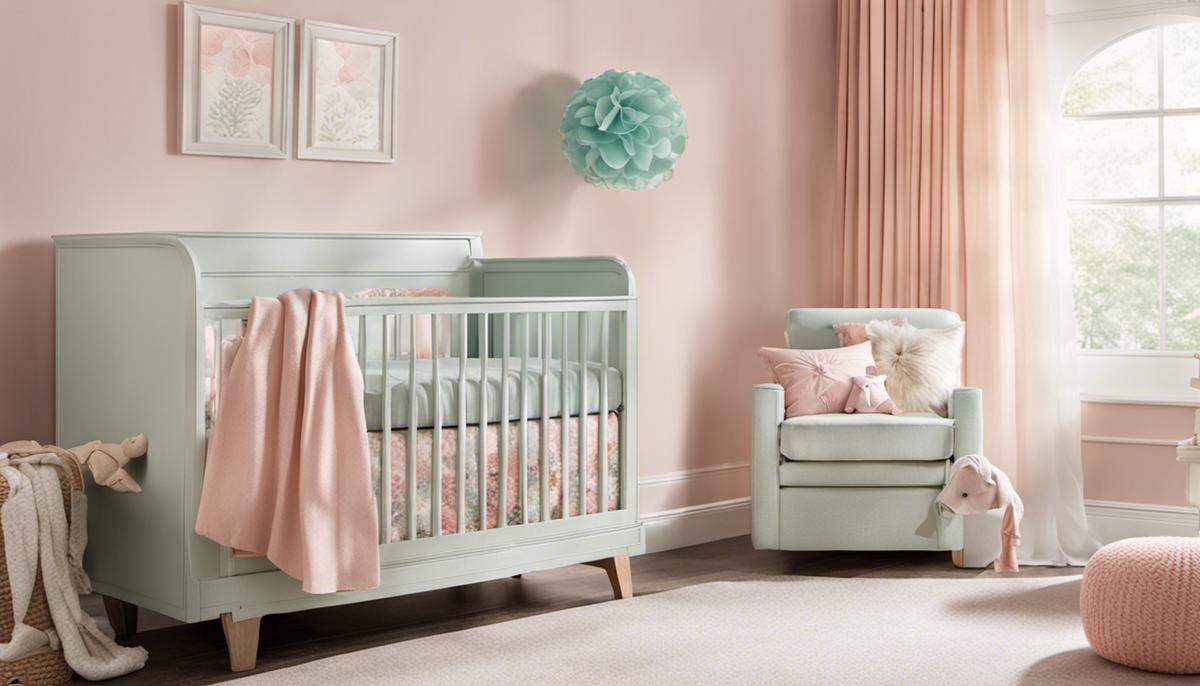
Choosing the Right Nursery Furniture
Picking Out the Perfect Nursery Room Furniture
Your baby’s first room starts with the perfect crib. This integral item not only functions as the centerpiece of your nursery but also serves as a safe and comfortable space for your child. The market offers an array of crib styles – be it vintage charm or modern minimalism, according to your preference. Nonetheless, safety should be your foremost concern. Aim for cribs with a firm mattress, proper slat spacing, and solid construction. Be wary of intricate detailing such as scrollwork which can potentially pose a safety threat.
A baby’s room is incomplete without an efficient changing table. This useful furniture provides a safe and secure spot for changing diapers and clothes. Search for a table equipped with safety straps and raised edges for extra security. Plus, choose one with storage compartments to pleasantly stash away diapers, wipes, and other baby essentials. When making a decision, also consider the height so it allows ease of use everyday.
Storage is a key component in a nursery. This is where closets or shelves come in, keeping baby needs–clothes, toys, etc., neatly organized. Open shelves are perfect for displaying and easily accessing books and toys, while closets are ideal for bulkier items such as blankets. Evaluate your storage requirements and allotted room space before deciding on either. Adding a nice touch, you can opt for shelves or closets that synchronize well with your crib’s color and design.
A nursery room can benefit from the addition of a rocking chair or glider. It offers a cozy nook for moments of feeding, snuggling, and story-telling. Pick out a comfortable one, and pair it with an ottoman or footrest for that extra relaxation spot. Like all nursery room pieces, guarantee that the chair or glider is devoid of sharp edges or pinch points that might pose harm to your baby.
Durability must always be at the back of your mind when furnishing your nursery with these items. Given the intensive use expected over the years, invest in high-quality materials that promise enduring service. This doesn’t call for extravagant spending, but consider the balance between cost, longevity, and aesthetics.
Moreover, reflect on your selected nursery theme or color scheme when picking your furniture. Whether you’re leaning towards a peaceful woodland motif or a vivacious color palette, your furniture should mesh beautifully with the room’s aesthetics. This consistency plays a substantial role in creating the perfect atmosphere you envision for the room.
Ultimately, the vital points to take into account when selecting your nursery room furniture are your child’s safety and comfort. Functionality, affordability, durability, and style should be secondary considerations. With thoughtful selection, your nursery room can transform into a gorgeous and safe sanctuary for your little one.
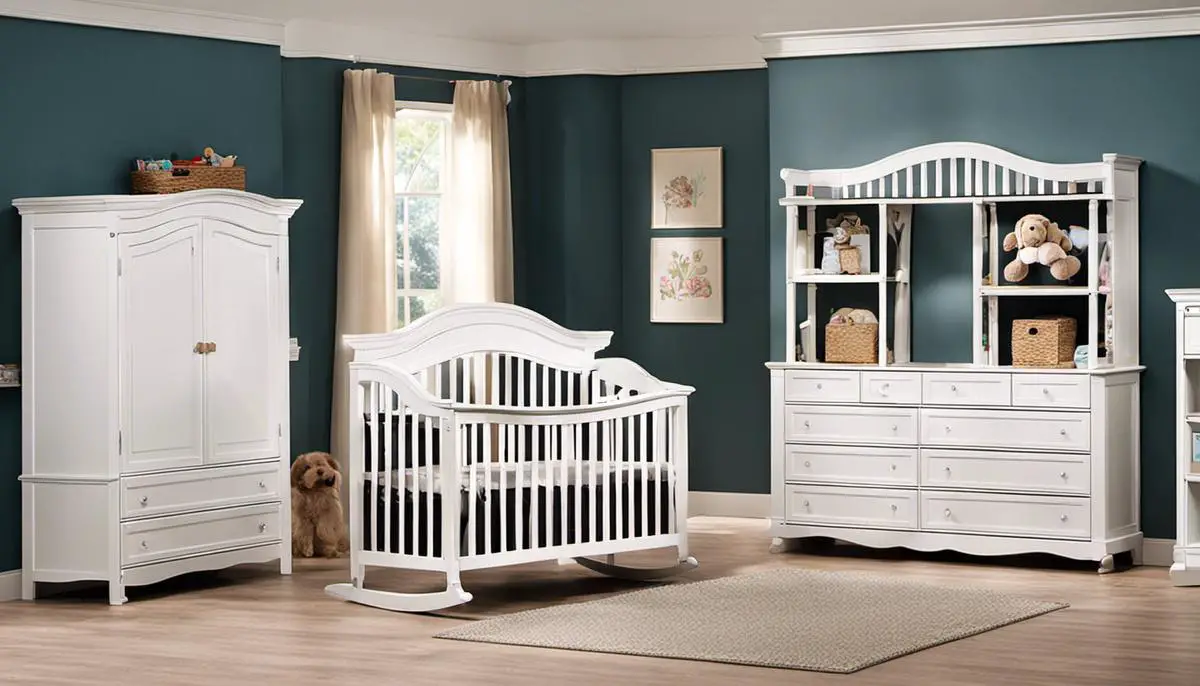
Incorporating Essential Accessories and Toys
Fusing Toys with Nursery Room Theme
Toys aren’t just for play in a nursery. They can serve as charming decorations that further elevate your chosen theme. If, for example, you have decided on an animal theme for the nursery, plush toys or thematic puzzles can act as delightful accessories. You can store these playthings on open shelves, striking a beautiful balance between functionality and aesthetics.
Considerations for Bedding Sets
Choosing the proper bedding sets can critically affect the overall atmosphere of a nursery. A bedding set is more than just a swing of color in the room, but it also contributes to the child’s comfort and safety. Opt for crib bedding sets that not only match the theme and color scheme of the nursery but also meet the recommended safety standards. For example, avoid using heavy blankets, pillows, or stuffed animals as these can pose a suffocation risk to infants.
Room Shades Significance
Room shades or window treatments add beauty to the nursery while also controlling the amount of natural light entering the room. Based on the desired feel for the room, consider whether or not you want to filter or completely block sunlight during nap time. Layered window treatments, such as base shades with blackout curtains, can provide the flexibility parents need. The layering also adds a textural element to the room’s overall decor.
The Role of Rugs in a Nursery
Rugs can work wonders in a nursery. Beyond adding to the aesthetics, rugs also provide a soft landing for infants who are learning to crawl and walk. Choose rugs that are easy to clean and made of hypoallergenic materials. Parents can play with size and shape – a larger rug or a fun shaped rug can anchor the room and provide a useful play area.
Lighting: More than Just Brightness
Proper lighting plays an integral part in the nursery decor. Incorporate several sources of light – an overhead light for tasks, a soft-glowing nightlight for night feedings, and perhaps a reading lamp for storytime. The choices of light fixtures can also add to the room’s aesthetic appeal. For instance, a chandelier could be a statement piece that adds a touch of elegance in a traditional nursery, while a contemporary light fixture might be perfect for a modern-themed room.
Avoiding Overstimulation in a Nursery
While it’s essential to create an environment that stimulates a child’s senses, it’s equally important to avoid overstimulation. Overly bright colors, a surplus of toys, or a room too full of diverse decorations can potentially overburden a child’s senses. Stick with a specific theme and color scheme for the room, and use calming hues to promote relaxation and sleep. Items such as a mobile can provide the right amount of visual stimulation without overwhelming the baby.
We often overlook the importance of a well-designed and thoughtfully accessorized nursery room. It’s not just about the aesthetic appeal, but it’s also about creating a secure environment promoting the growth and development of the child. Every element in the nursery, from toys to lighting, plays a unique role in building a haven for the child and ensuring the parents’ comfort and convenience.
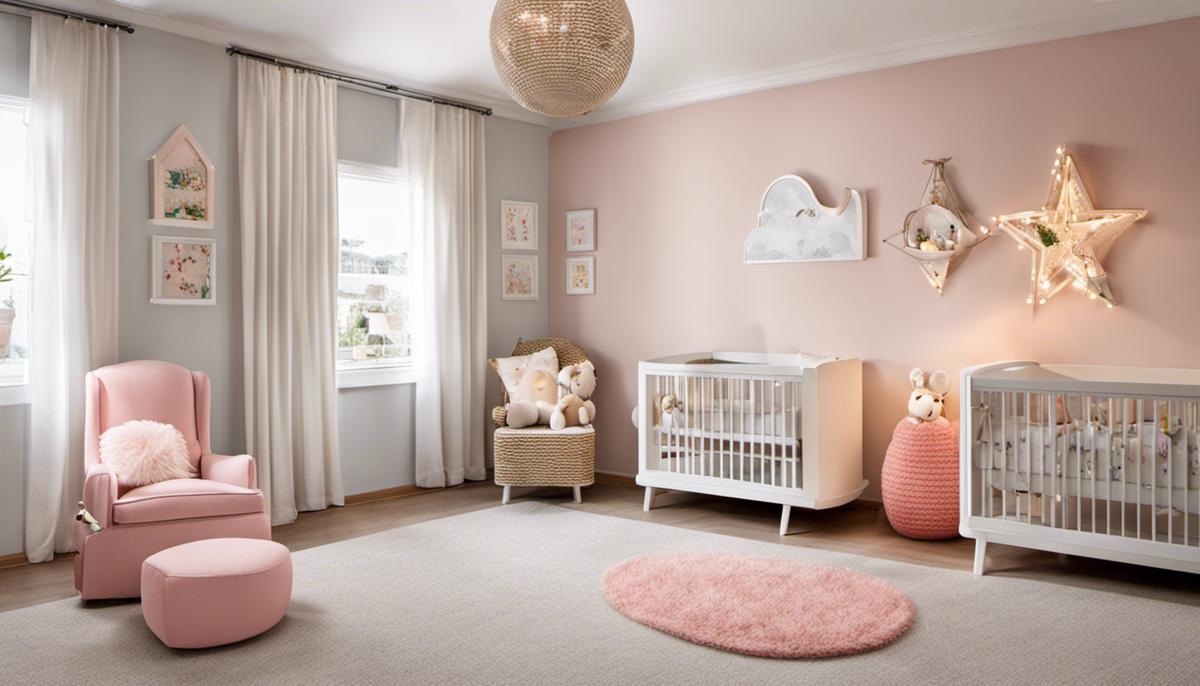
Functional Nursery Layouts
Smart Furniture Placement
When it comes to nursery room design, the organization of furniture is essential not only for aesthetic appeal but also for your little one’s safety and mobility. The crib, particularly, requires strategic positioning. Keep it away from potential safety risks like windows, cords, and shelves, and ensure it’s at a manageable height for easy access when your baby sleeps or wakes up.
Maximizing Space
Making the most out of the nursery room space can involve creative decisions. Start by choosing furniture that serves more than one function, such as a changing table that also has drawers for storage. Opt for vertical storage options like hanging shelves or door racks to declutter the floor area. Using wall decals, murals, or canvases can substitute for bulky items and give the room dimension and depth.
Childproof the Room
Safety is an essential aspect of nursery design. All furniture should be stable and securely fastened. Avoid placing anything heavy on high storage areas to prevent accidents. Ensure all electrical outlets are covered and be mindful of any sharp corners that need to be padded. Additionally, use a non-slip rug to add an element of safety and comfort underfoot.
Placement of Accessories
To create an inviting space, focus on the careful placement of accessories. Area rugs can define spaces and offer visual interest. Position lighting, like lamps, at a comfortable level for reading to your child. Framed illustrations, family photos, or soft textiles can enhance the warmth and coziness of the room.
Adapting the Room to the Growing Child
As your child grows, their needs change. Transitioning from a crib to a toddler bed, for instance, will require rearranging the furniture. As such, it’s important to choose versatile and adaptable pieces from the start. Modular furniture, for example, can be expanded or reduced as required. Additionally, consider using sustainable materials and colors that grow with your child, saving you from needing to redecorate too often.
Effective Storage Solutions
As babies grow, so does the clutter! Clothes, toys, books, diapers – these require effective storage solutions. Baskets and bins work well on open shelves, making it easy to access and put away items. Make sure the storage area is at child-height as they begin to explore and want to fetch their own toys or books.
Pro Tip: Use Natural Light to Your Advantage
A well-lit nursery needs the right balance of natural and artificial light. You can control natural light using adjustable window treatments. Allow as much light in during the day but have the option to darken the room for nap times. Ceiling lights or chandeliers offer ample lighting, while nightlights or lamps provide soft lighting perfect for late-night feedings or story times.
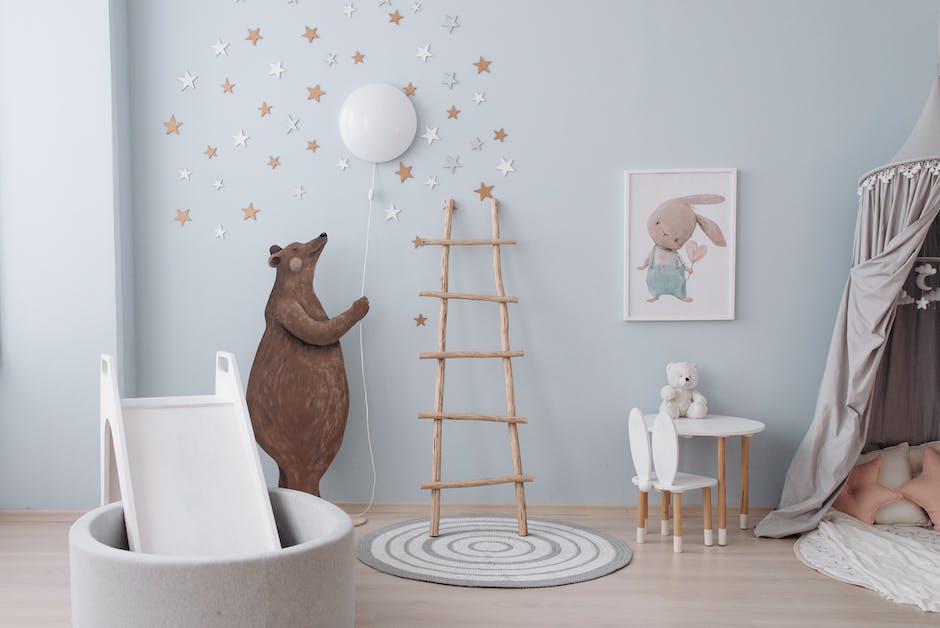
The joy and anticipation that come with designing a nursery room is incomparable; it’s an artistic process that ultimately shapes the environment your child will grow up in. Remember, the room needs to be a fusion of appealing visuals, practical function and, above all, safety. Establish a unique theme that complements your style and illuminates a child’s world, select high-quality furniture that ensures comfort and longevity, add essential accessories that foster sensory skills, and stick to a functional layout that enriches space utility while adapting to your child’s ever-evolving needs. Everyone’s journey in designing the perfect nursery room is different, personal, and unique, yet they always lead to the same goal: nurturing a child’s journey from infancy to childhood and beyond. Here’s to creating a room that tells a story, encourages exploration, and cultivates a nurturing environment for your little one.

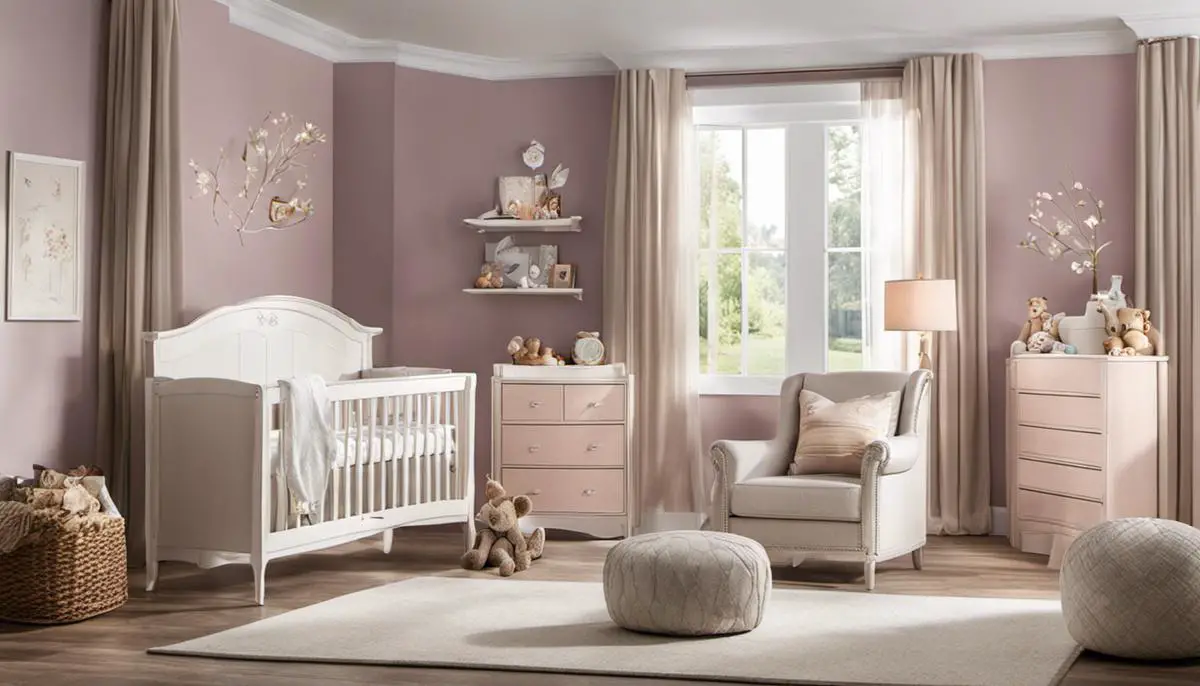
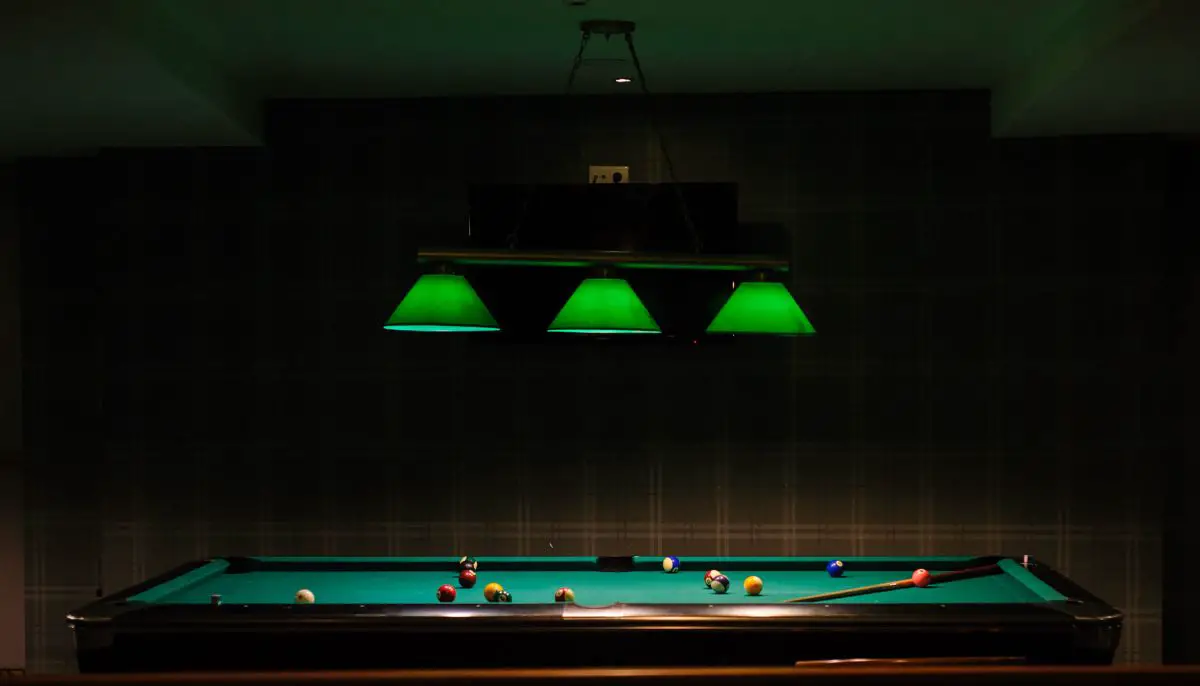

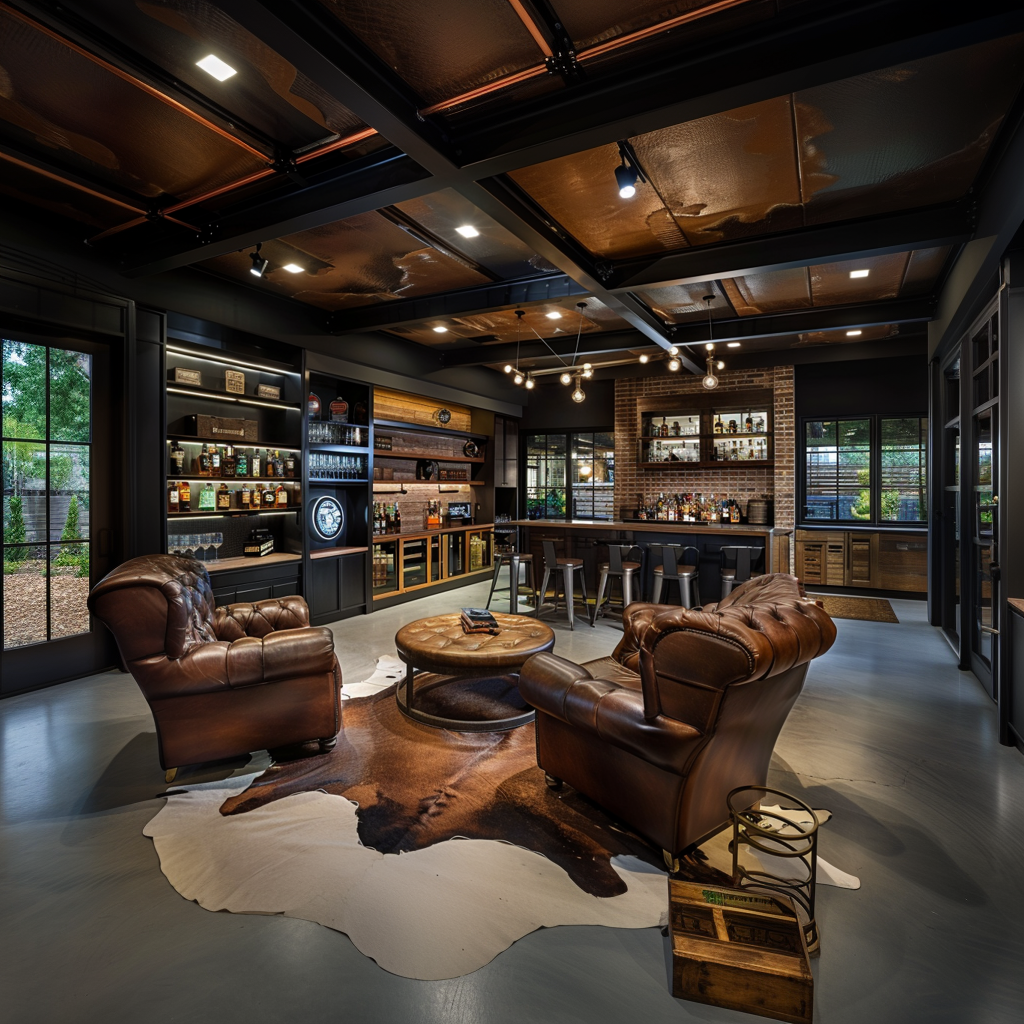

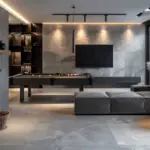
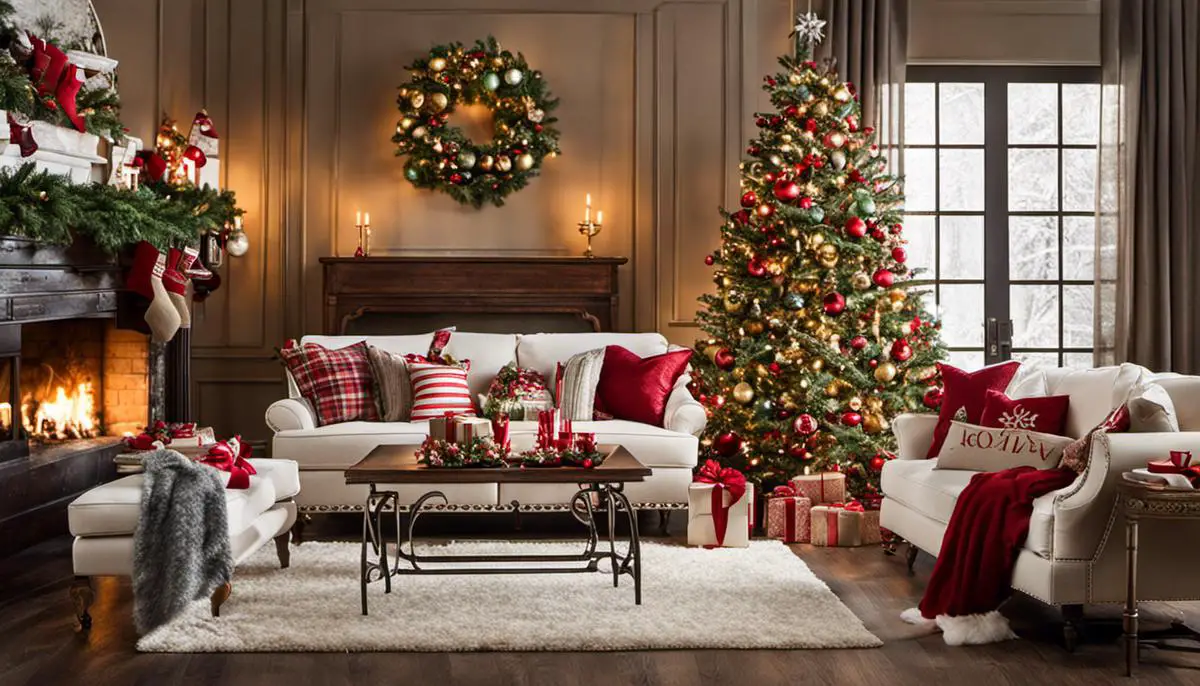

Leave a Reply